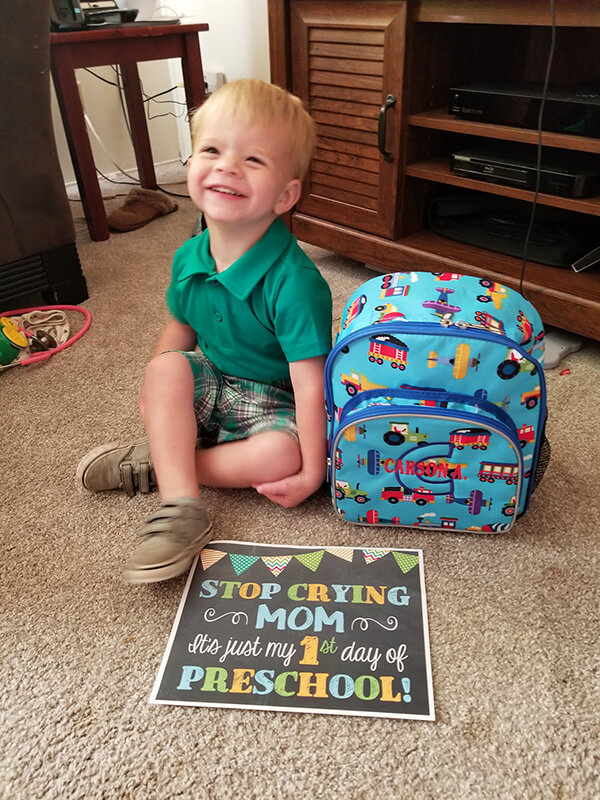 Just starting school or returning from summer break can be difficult. For many children who are adopted this can be compounded with an awkwardness about family relationships. In some cases, the difference is obvious, such as when a child and their parents are different ethnicities or the parents are of the same gender. While taxing at times, a visual difference can turn out to be a blessing in disguise. It often evokes questions or comments early when meeting people and allowing the issue to be addressed head-on.
Just starting school or returning from summer break can be difficult. For many children who are adopted this can be compounded with an awkwardness about family relationships. In some cases, the difference is obvious, such as when a child and their parents are different ethnicities or the parents are of the same gender. While taxing at times, a visual difference can turn out to be a blessing in disguise. It often evokes questions or comments early when meeting people and allowing the issue to be addressed head-on.
For other students, skin tone doesn’t tell the story. For them, the awkwardness arises during school assignments. Examples may include: creating a family tree or student timeline, researching genetics, or bringing in baby and family pictures for a bulletin board. Uneasiness can also occur in student-to-student conversations about family and background.
Some parents choose not to address the issue at all, one mother stating:
Just as I don’t go to the school and point out that my children are biracial or fantastic athletes, or that their dad is a doctor, we leave it up to the kids whether to mention adoption. Our children share information about their adoption—and
other information—when it seems right to do so for them. It has worked for us.”
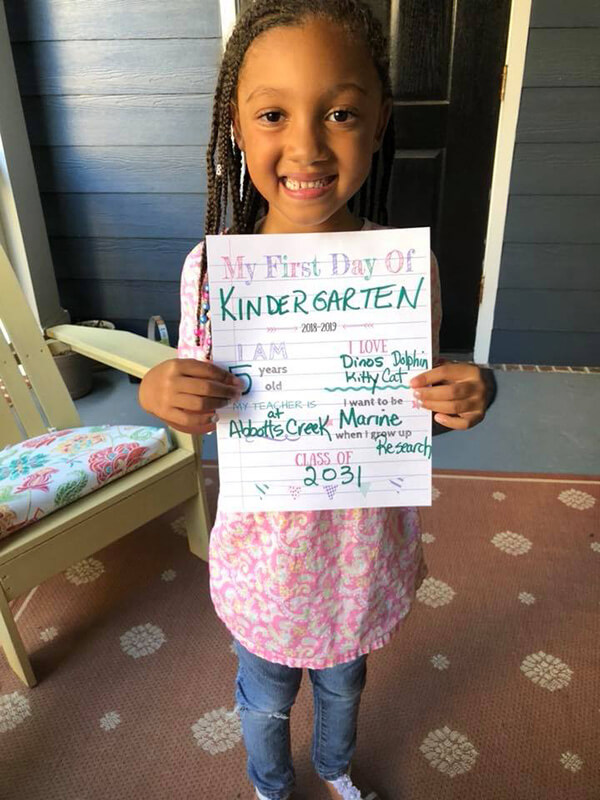
Many adoption experts suggest that parents talk to teachers to explain the adoption connection. They recommend using a simple explanation that includes only the information that the parents and child are comfortable sharing. The conversation starter may go like this:
“Michael was adopted by us as a newborn, and we have an open adoption with his birth mother.”
Or, keep it really simple:
“Michael is adopted and he (does or does not) know his birth family.”
Ultimately, it is up to the parents to decide what is right for their child and family. For parents that choose to be proactive, bringing the topic up with teachers at the start of the school year is often best. The teacher may wish to make a discussion about different family types as part of their lesson plans.
School Resources
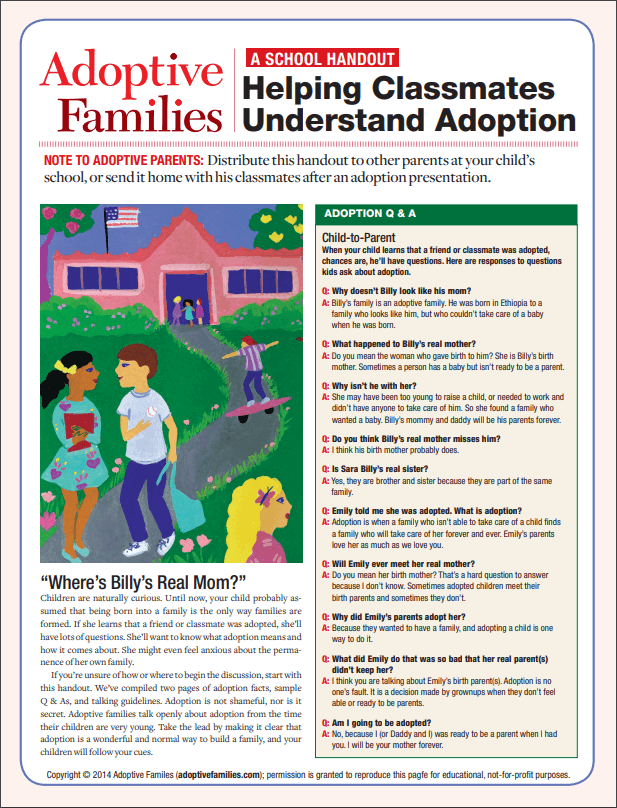 For teachers who are not familiar with the world of adoption, offering your own knowledge as a resource may be extremely helpful and very welcome guidance. Handouts like the one by Adoptive Families magazine help both the child and the teacher answer many common questions – Click here to download.
For teachers who are not familiar with the world of adoption, offering your own knowledge as a resource may be extremely helpful and very welcome guidance. Handouts like the one by Adoptive Families magazine help both the child and the teacher answer many common questions – Click here to download.
A discussion about positive adoption language and words can also be valuable. Consider sharing with the teacher this link to an article on the Adoptive Families website.
https://www.adoptivefamilies.com/talking-about-adoption/positive-adoption-language/.
Books for the School:
Parents may also wish to donate a book or two to the classroom. Here are a few titles for consideration:
The Mulberry Bird by Braff Brodzinsky & Anne Braff

Over the Moon: An Adoption Tale by Karen Katz
Tell Me Again About the Night I Was Born by Jamie Lee Curtis
I Love You Like Crazy Cakes by Rose Lewis
If the teacher isn’t comfortable with books that speak directly to adoption, some alternatives include
On The Night You Were Born by Nancy Tillman
The Family Book by Todd Parr
It’s Ok To Be Different by Todd Parr
Be Who You Are by Todd Parr
How parents communicate with teachers about adoption sets the precedent for how the teacher will likely treat the topic of adoption and address situations that arise among the students. Parents that are concerned about questions or conflicts should consider taking a proactive approach and engage with the teachers.

 This financial assistance from employers can take the form of a lump sum, or payment of certain fees related to an adoption or partial reimbursement to employees for expenses. Each company that offers financial assistance varies in what the payment is, but the nationwide average is around $4,000, with a range generally from $3,000 to $5000. The application process with businesses and employers tends to be relatively simple and easy.
This financial assistance from employers can take the form of a lump sum, or payment of certain fees related to an adoption or partial reimbursement to employees for expenses. Each company that offers financial assistance varies in what the payment is, but the nationwide average is around $4,000, with a range generally from $3,000 to $5000. The application process with businesses and employers tends to be relatively simple and easy. “Mommy, you’re peach, and I’m brown,” she said.
“Mommy, you’re peach, and I’m brown,” she said.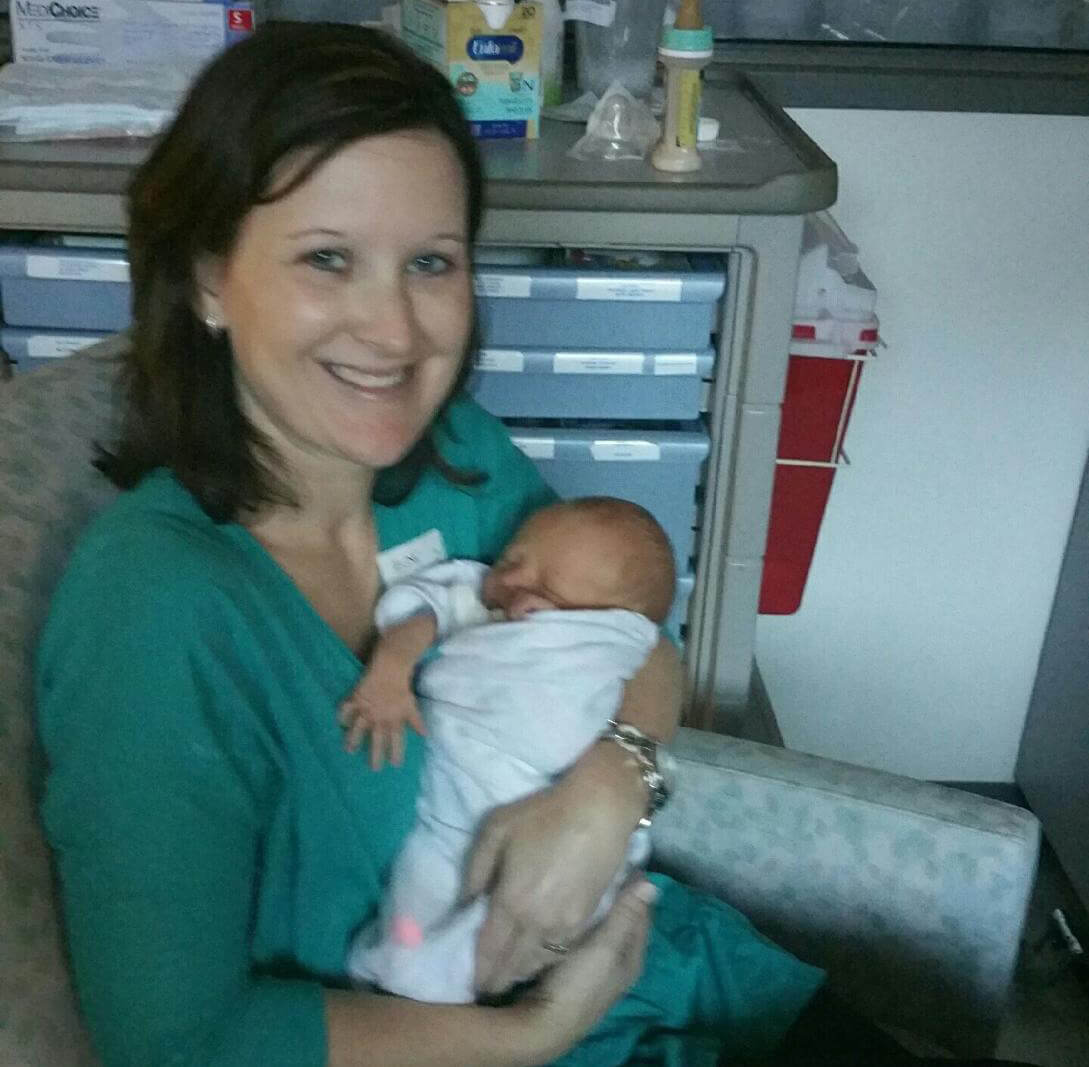

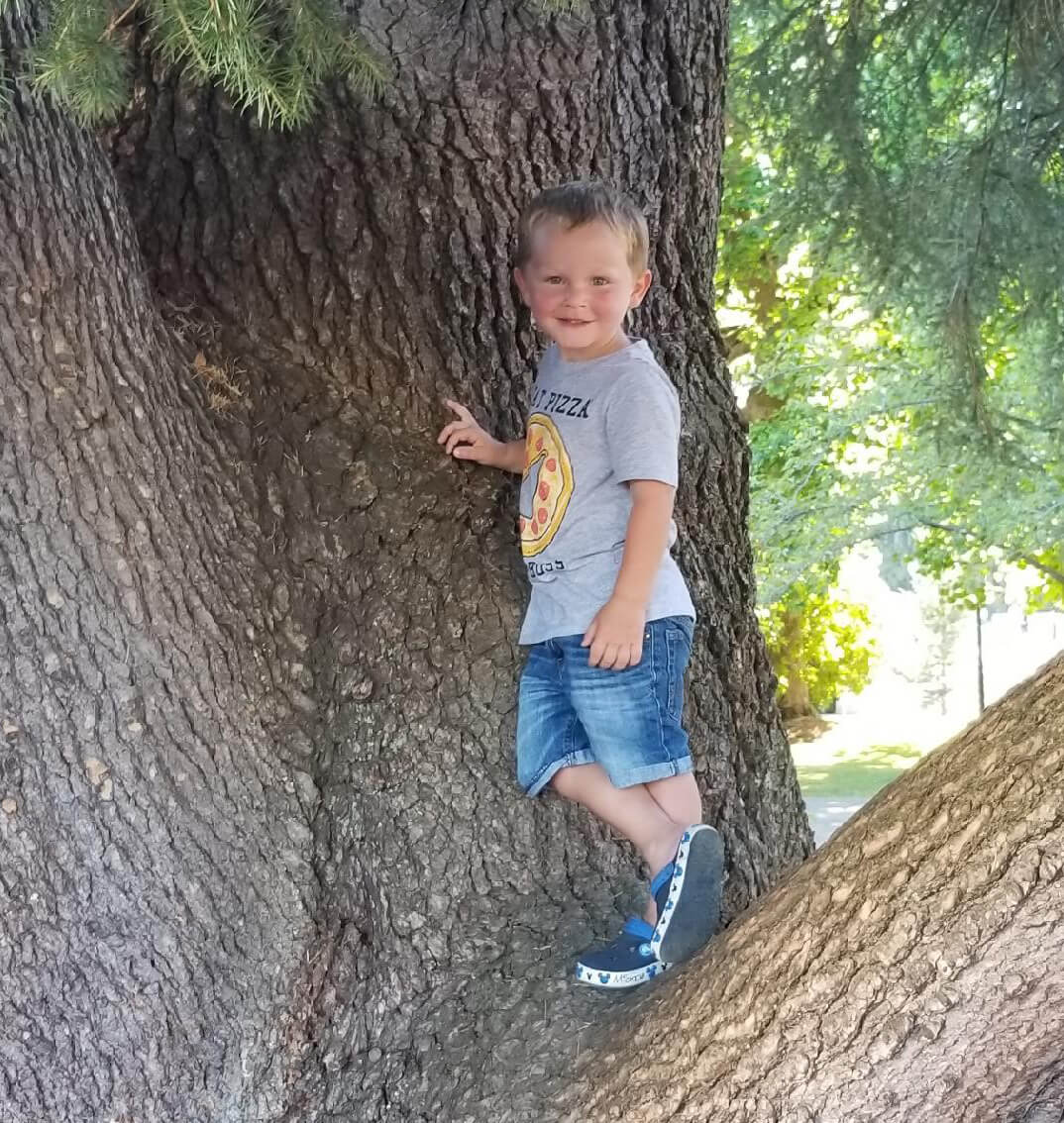
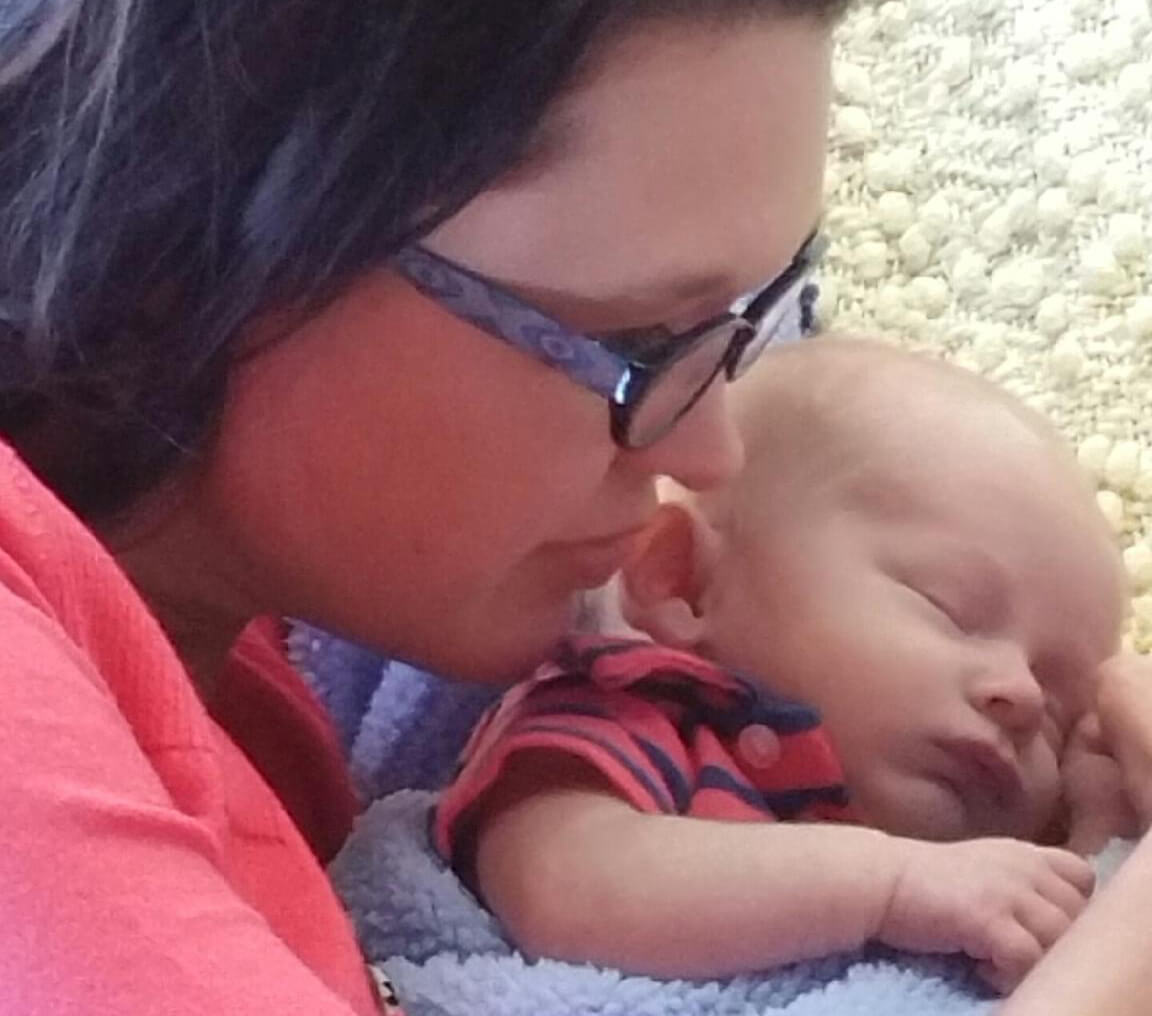
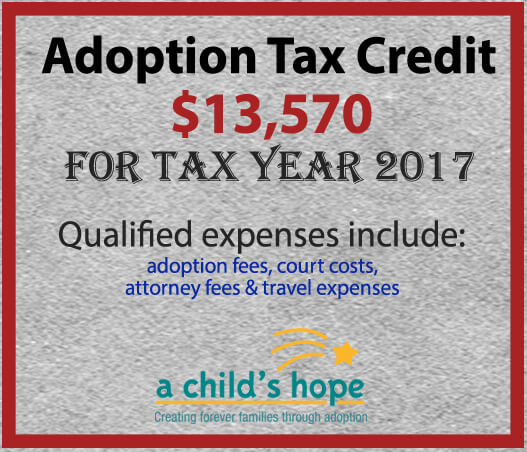 The bottom line is that if your modified adjusted gross income is below $203,540 you are eligible to receive the full adoption tax credit, and the credit can be spread out over five years. With the average cost of a domestic adoption at $36,000, this tax credit covers more than a third of your costs.
The bottom line is that if your modified adjusted gross income is below $203,540 you are eligible to receive the full adoption tax credit, and the credit can be spread out over five years. With the average cost of a domestic adoption at $36,000, this tax credit covers more than a third of your costs.

